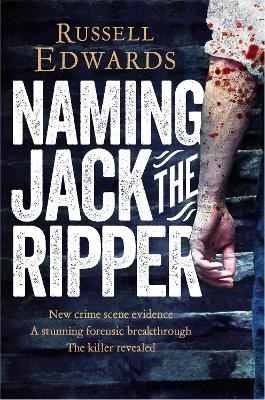Reviewed by pamela on
When I heard the news that they may have categorically proven Jack the Ripper's identity I gave a squeal of excitement. I got my hands on my copy of Russell Edwards 'Naming Jack the Ripper' as soon as it hit shelves, and then proceeded to be disappointed.
Too much of 'Naming Jack the Ripper' is given over to background. Most people picking up this book will have more than a passing knowledge of Ripper history, so all of that is largely wasted space, and could have been condensed in to some key points of historical importance for those without an in depth knowledge.
The fact that Russell Edwards is no scientist, nor even a historian becomes glaringly obvious as soon as we reach any slightly academic sections. There is no footnoting or accurate referencing in text. Allusions are made to high profile case studies, especially in the fields of psychology, and yet there is never any kind of reference to which the reader can track back to read more on any given revelation. Edwards' writing glances over the truly interesting in depth academic parts, which in a forensic revelation of this magnitude would have been the important part for the reader to follow. Instead we end up with rambling exposition which is quite frankly not why I picked up this book.
It is certainly an interesting read if you are interested in Ripper history, but if you're after some good, hard scientific and forensic research this is not the book for you. The parts that the book does well have already been done better, and the forensic revelation seems a little one sided and lacks peer review.
Reading updates
- Started reading
- 9 November, 2014: Finished reading
- 9 November, 2014: Reviewed
